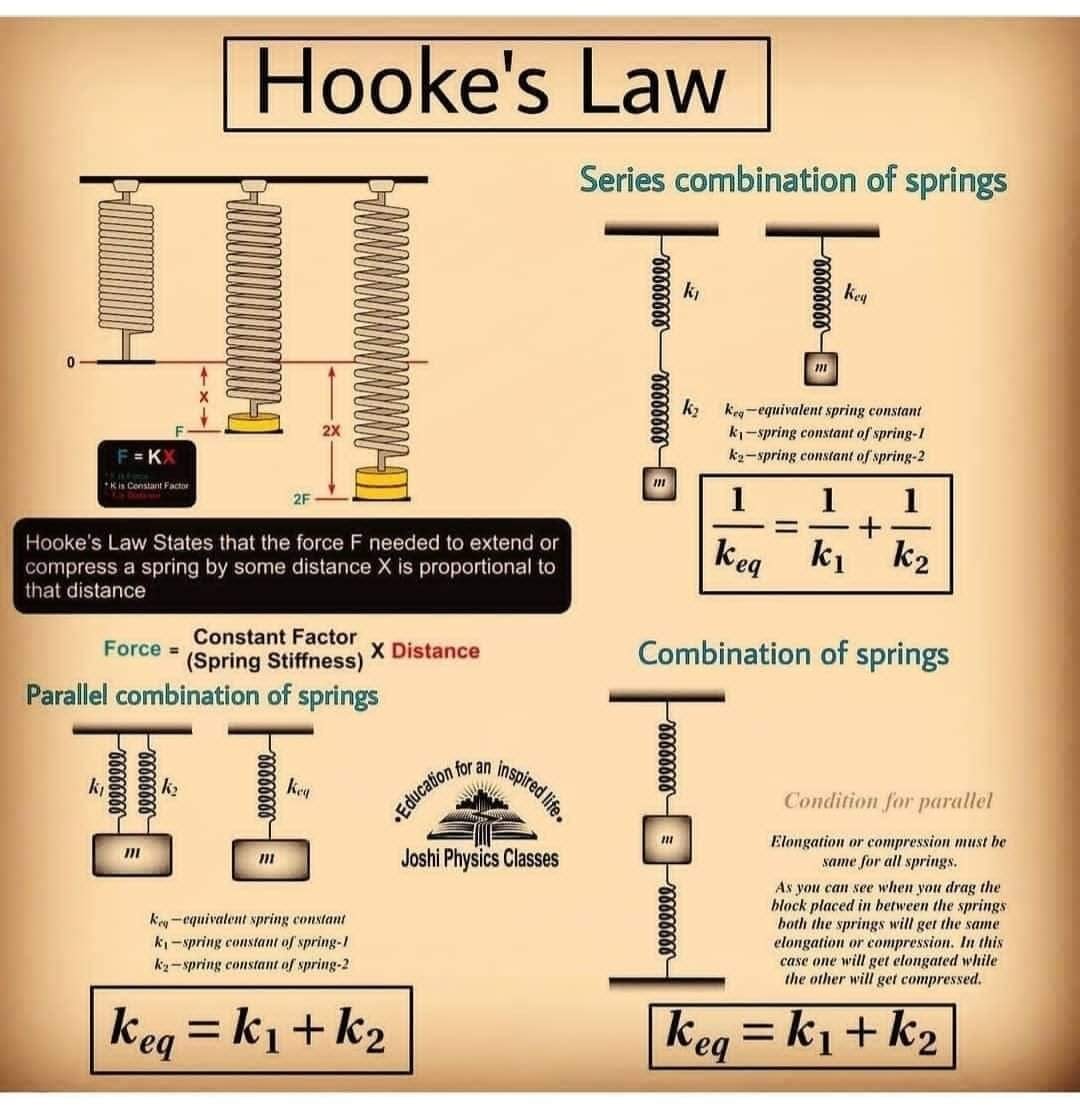noun: the tendency of a body to return to its original shape after it has been stretched or compressed

Keely
"Macvicar's illustrations of assimilation "Attraction, inertia, elasticity, heredity, reversion, symmetry, culminating in sphericity or symmetrical cellularity, chemical and electrical action, especially in voltaic action the influence and persistence of this law is most remarkably displayed." [Snell Manuscript - The Book, page 2]
"Taking the law of assimilation as the cosmical law, together with self-manifesting power as the characteristic of being, we reach a primary classification of created objects, which corresponds with that which is known as mind and matter - or rather let us say mind and that which is not mind; for there is ground for the apprehension that mind and matter do not include all that exists; and that, along with matter, ether ought to be considered as something intimately related to matter indeed, but yet not just matter. When the elements of the ethereal medium are regarded as truly and simply material however small and light they may be, the elasticity and pressure which must be assigned to that medium in order to admit of the velocity of light, are altogether out of the harmony of things; and wholly incredible, especially when confronted with the phenomena and the theory of astronomy. Thus, to justify the velocity of light on the same principles as those of sound, in various material media, the ethereal pressure must be 122,400,000,000 times greater than that of the atmosphere - which is incredible, says Macvicar." [Law of Assimilation]
Hooke's law of elasticity of course applies (accurately) only within the elastic limit of a subject material or device. A spring can be distorted and destroyed outside the limit. Within the elastic limit, stress is proportional to strain. In a testing machine a steel rod can be loaded in tension (as indicated on a dial) while strain (elongation of the rod) can be measured as a pure number (decimal inches of strain per total inches of rod). When stress (pounds of force/cross-sectional area or pounds per square inch) is plotted against strain (in/in) the line is straight (linear) until the elastic limit is reached (and perhaps the sample ruptures or necks down losing cross-sectional area). The steel rod can be fashioned into a helical spring or flat spring and will exhibit a similar stress/strain relationship where increased load (stress) produces increased linear deflection (strain) in accordance with Hooke's Law
See Also
Contraction
elastic vibration
Expansion
Memory
Rigidity
Solidity
Tenuity
